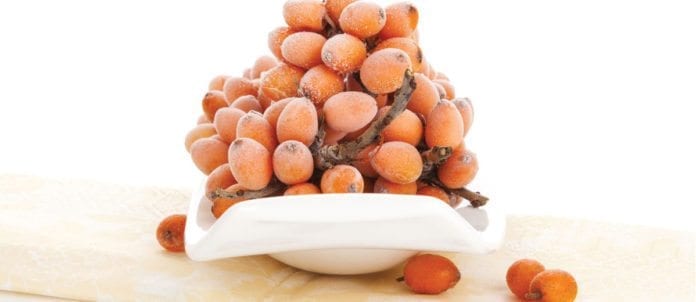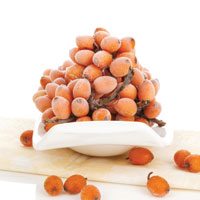 SEA BUCKTHORN
SEA BUCKTHORN
Sea buckthorn (a.k.a. sea berry) has burst onto the Canadian dining scene thanks in part to the local food movement. Part of the Elaeagnceae family, these shiny, yellow-orange berries grow on the thorny deciduous shrub of the scientific name Hippophae rhamnoides L., which is native to the Himalayas and northwestern Europe. They are a rich source of antioxidants, natural sugars, fatty acids, vitamin A, C, E, and B2, as well as minerals such as potassium and iron. Though relatively new to North America, this hearty plant is well-suited to the Canadian climate and is now grown across the country. Chef Anne Desjardins calls the berries “the lemon of the north” due to their bright, citrusy taste. The fruit is often used in desserts, preserves and syrups. Toqué! chef Normand Laprise also incorporated sea buckthorn into Brise-vent — a beer designed for the Montreal restaurant.
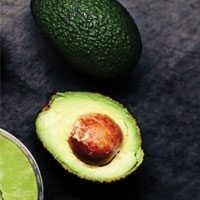 AVOCADO
AVOCADO
The great flavour of avocados makes people forget their high fat content. A member of the Lauraceae family, the Mexican native fruit is also known as the alligator pear — thanks to its shape and rough green skin. Traditionally used to make guacamole, sandwiches and omelettes, the avocado is expanding its horizons and is being utilized in new and exciting ways — including in smoothies, pasta and brownies. The fruit contains eight grams of protein per serving, along with 11 grams of fat — 1.5 grams being saturated with the remainder being natural fats.
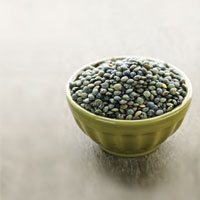 LENTILS
LENTILS
Lentils are in the global spotlight this year, thanks to the United Nations General Assembly declaring 2016, the International Year of Pulses. The term “pulse” is used to describe the edible seeds of legumes, such as lentils, dried beans and chickpeas. While once known for its use in a variety of ethnic dishes, lentils have become a common element in North American cuisine. Due to their high protein content, lentils are particularly popular among the vegetarian and vegan communities. Lentils are also high in fibre and a good source of potassium, iron, folate and manganese. Pulse Canada ambassador, chef Michael Smith calls the legumes “nutritional superstars.” Not only are lentils nutritious, but they are sustainable to produce and are widely grown in Canada’s Prairie provinces. Lentils are available in a variety of sizes and colours including red, green, brown and black. These little pulses are highly versatile and can be served as a side dish, in soups, used in baking or made into a cold salad.
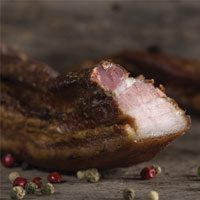 PORK BELLY
PORK BELLY
Pork bellies are the Rolls-Royce of meat. The savoury delicacy can be pan-fried, seared, spit-roasted, slow-cooked, baked or broiled. It has an extremely high fat and calorie count — each ounce of pork belly contains 14.8 grams of fat and 147 calories — and while pork belly has experienced a slight decline on menus throughout the past year, the opposite is true for its presence in entrées; “Pork belly mentions have increased by 13.8 per cent [throughout Canada] from Q1 2015 compared to Q1 2016,” says Kristin Menas, associate editor, Canada & Adult Beverage at Technomic, Inc.
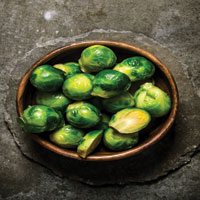 BRUSSEL SPROUTS
BRUSSEL SPROUTS
Despite the bad rap they once got in North American pop-culture, Brussels sprouts have gained popularity with chefs and diners alike. The Brussels sprout is a cruciferous vegetable — like cabbage, broccoli, cauliflower and kale — which goes by the scientific name Brassica oleracea. These small sprouts grow in a helical pattern along thick stalks and resemble miniature cabbages. They can be purchased still on the stalk or pre-removed. While boiling was once the popular method of preparation, Brussels sprouts are now commonly served roasted, sautéed or even raw and shaved into a salad. They are often paired with pork products which complement the sweet, nutty flavour the sprouts gain when roasted. Like other cruciferous vegetables, the Brussels sprout is highly nutritious; they are high in cholesterol-reducing fibre, Vitamins C and A, folate and antioxidants. The vegetable is also recognized as helping reduce the risk of cancer, specifically bladder, breast, colon, lung, prostate and ovarian cancer.
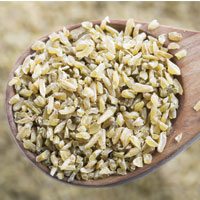 FREEKEH
FREEKEH
Freekeh is the new quinoa. It is also a savoury happy accident from history. Legend has it more than 2,000 years ago, a crop of wheat was burned in the Middle East and, instead of throwing away what was left, the farmers rubbed the chaff, cooked the remnants and discovered what is now call “freekeh.” The word stems from the Arabic ‘faraka’, which refers to the wheat-roasting process. The roasted grain is a cousin of the rice family and possesses a smoky taste. It has a chewy texture, is loaded with fibre and protein and has a very low sodium count. It can be used as a side to a meat or fish dish or be the base for a healthy and delicious veggie-stir-fry. It’s quickly becoming North America’s new darling ingredient in salads.
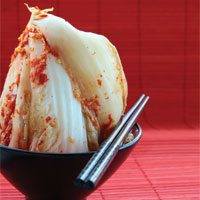 KIM-CHI
KIM-CHI
Originating in Korea and serving as its official national dish, kim-chi is comprised of a bevy of vegetables and seasonings — including cabbage, radishes, scallions, cucumbers, salt and garlic — which are largely dictated by what’s in season. Aging kim-chi in jars aids in its flavour’s expansion and development. The dish’s preparation and ingredient list not only differs seasonally, but regionally as well. Depending on which part of Korea you are in, you will find different variations of the dish.
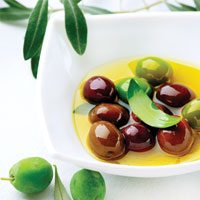 OLIVE OIL
OLIVE OIL
Olive oil is made predominantly from olive trees in the Mediterranean Basin — countries such as Italy, Spain and Portugal — and is one of the most versatile ingredients in the world. Outside of the kitchen, olive oil serves as a crucial ingredient in cosmetics, pharmaceuticals and soaps. Olive oil also gets a lot of attention for its high concentration of monounsaturated fat, which is approximately 75 per cent of its overall fat count. Comparatively, soybean oil only has 50 to 55 per cent of its fat coming from monounsaturated fat. Olive oil has also been linked to cancer prevention in recent years, with studies showing it reduces the risk of breast, respiratory tract, upper digestive and lower digestive tract cancers. It also contains high levels of vitamins E and K — just one tablespoon of olive oil has 10 per cent of the recommended daily dose of those vitamins.
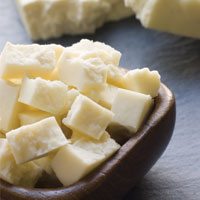 PANEER
PANEER
A soft, fresh South Asian cheese, paneer is used predominantly in Middle-Eastern inspired recipes originating in India, Afghanistan, Iran, Pakistan and Bangladesh. Lemon juice, vinegar and citric acid are added to hot milk to help separate the curds and whey. The curds are then drained through cheesecloth and any excess water is pushed out. The cheese is dipped into chilled water to help strengthen its texture and shape its outward appearance — longer chilling results in a harder cheese.













